In the heart of Paris, a quiet revolution is taking place in the culinary world. A handful of pioneering restaurants have embraced the "zero waste" philosophy, transforming what was once considered scraps into gourmet delights. These establishments are challenging the norms of fine dining by proving that sustainability and haute cuisine can coexist harmoniously. From carrot tops to fish bones, nothing goes to waste in their kitchens. The movement isn’t just about reducing trash—it’s a complete reimagining of how we value food.
The concept of zero waste dining isn’t entirely new, but its execution in high-end French restaurants marks a significant shift. France, a country renowned for its rich culinary traditions, has long prioritized perfection in presentation and taste. Yet, this pursuit often came at the cost of excess. Now, chefs are revisiting age-old techniques—like pickling, fermenting, and slow cooking—to extract every ounce of flavor from ingredients typically discarded. A fish head becomes the base for a delicate broth; citrus peels are candied into elegant garnishes. The result is a menu that surprises even the most seasoned food critics.
What sets these restaurants apart is their meticulous approach to sourcing. Rather than relying solely on premium cuts, they work closely with local farmers and fishermen to procure "imperfect" produce and bycatch that would otherwise go unsold. This not only reduces food waste but also supports smaller producers struggling against industrial agriculture. A bruised apple might not meet supermarket standards, but in the hands of a skilled pastry chef, it’s transformed into a caramelized tart filling with complex sweetness. The kitchen staff treat each ingredient with reverence, as if conducting a symphony where every note—no matter how small—plays a crucial role.
Behind the scenes, the logistics of running a zero waste kitchen demand creativity. Storage spaces are organized with military precision: jars of vegetable scrap stocks line shelves, while dehydrated fruit skins wait to be ground into seasoning powders. Staff members undergo rigorous training to master techniques like butchery that minimize offcuts. Even the dining experience reflects this ethos—menus change daily based on what’s available, and guests are encouraged to take home unfinished portions in compostable containers. Some restaurants have installed visible compost systems, turning leftovers into nutrient-rich soil for urban gardens.
The cultural impact extends beyond the plate. These establishments host workshops where home cooks learn to make broths from onion skins or turn stale bread into gourmet croutons. Critics argue that such practices were commonplace in frugal postwar Europe, but their revival speaks to contemporary anxieties about climate change and resource depletion. Younger generations, particularly, are drawn to the transparency of the process—knowing exactly where their food comes from and how every element is utilized. It’s a stark contrast to the anonymity of conventional restaurant waste, where scraps vanish into opaque disposal systems.
Of course, challenges persist. Sourcing irregular ingredients requires constant adaptation, and not all customers initially embrace dishes featuring typically discarded parts. Some chefs confess it takes finesse to present a carrot-top pesto or beef tendon terrine in ways that appeal to fine-dining expectations. Yet, the movement is gaining momentum. Several zero waste spots have earned Michelin stars, proving that sustainability enhances rather than diminishes culinary excellence. Their success hints at a broader truth: in redefining waste, we might rediscover forgotten flavors and textures that modern cooking had overlooked.
As the zero waste philosophy spreads beyond France’s borders, its pioneers continue to innovate. Experimental projects include collaborating with breweries to repurpose spent grain or using coffee grounds to grow mushrooms. The ultimate goal isn’t just cleaner kitchens but a fundamental shift in how society perceives food’s lifecycle. In these restaurants, the humble potato peel isn’t trash—it’s the start of another masterpiece. Perhaps what makes their approach so compelling is its simplicity: they’re not inventing radical new methods but remembering what cuisine was always meant to be—a celebration of nature’s abundance, with nothing taken for granted.
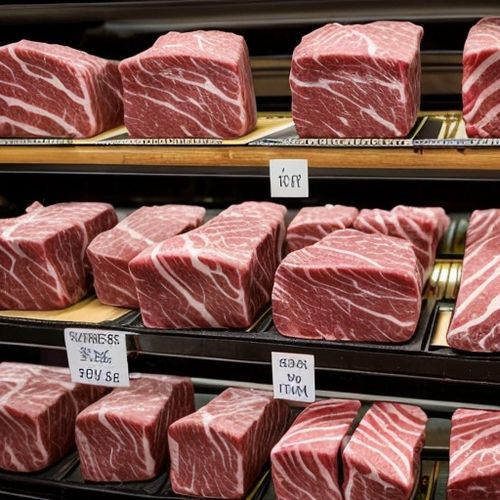
By Lily Simpson/Apr 10, 2025
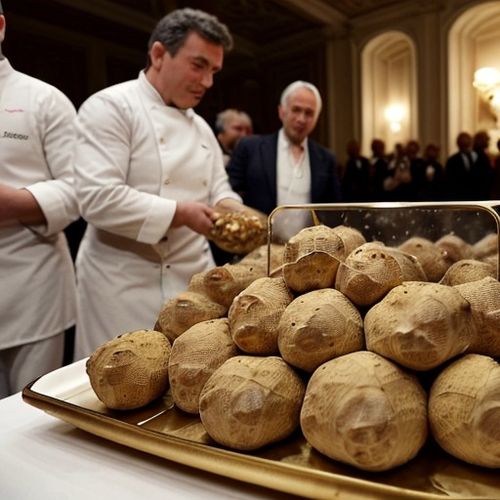
By Victoria Gonzalez/Apr 10, 2025

By Emily Johnson/Apr 10, 2025
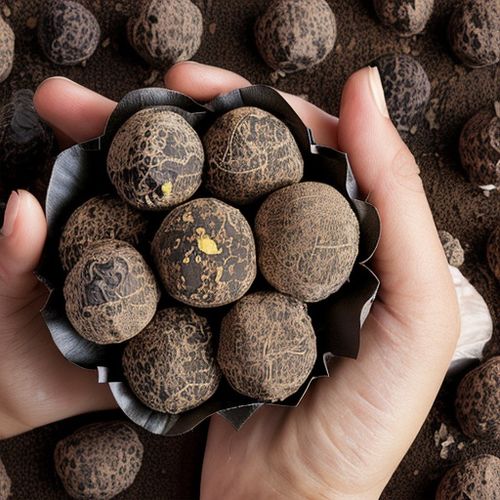
By Megan Clark/Apr 10, 2025

By Amanda Phillips/Apr 10, 2025
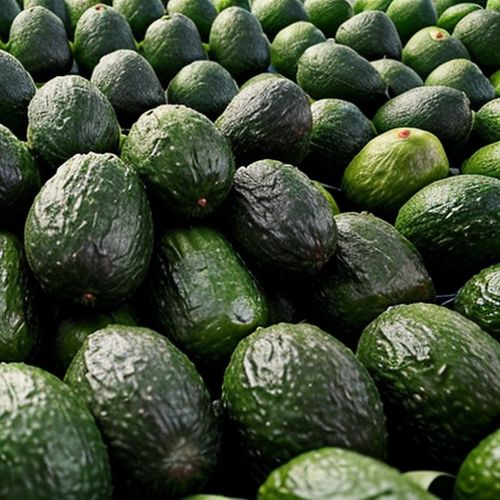
By James Moore/Apr 10, 2025
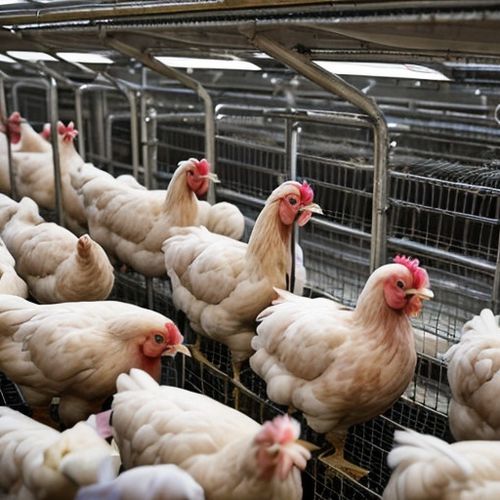
By Noah Bell/Apr 10, 2025

By Eric Ward/Apr 10, 2025
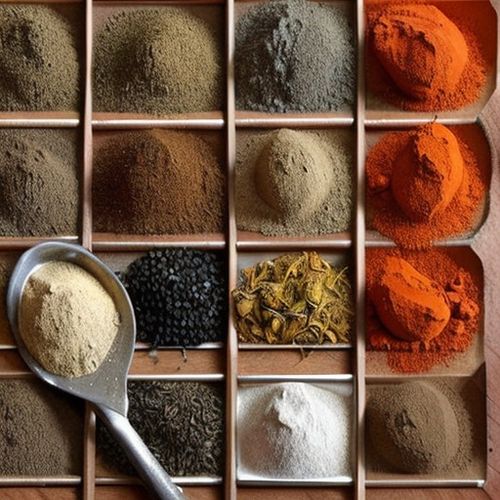
By Megan Clark/Apr 10, 2025
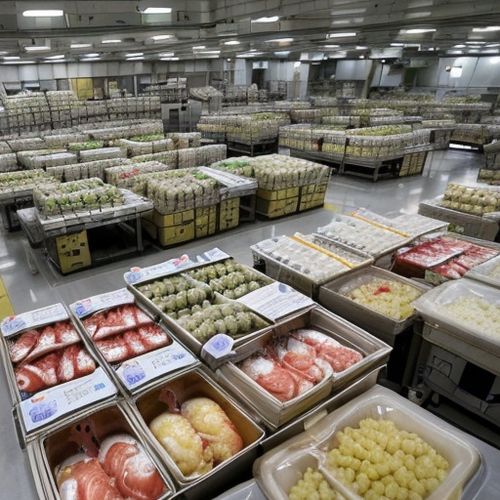
By Natalie Campbell/Apr 10, 2025
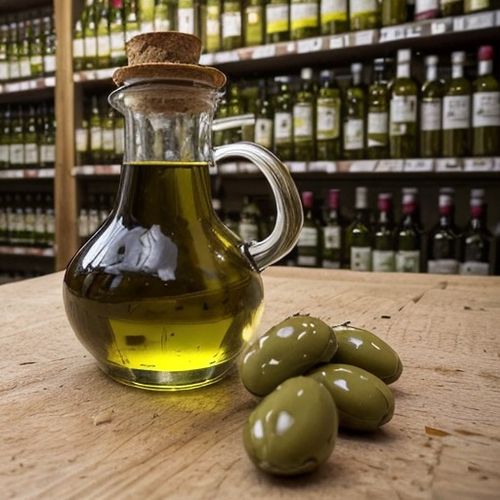
By Amanda Phillips/Apr 10, 2025
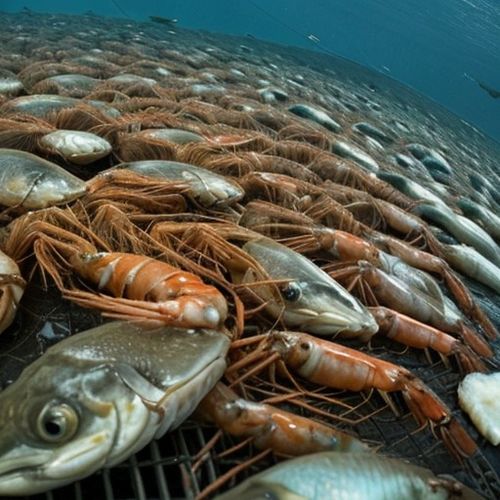
By Michael Brown/Apr 10, 2025

By Elizabeth Taylor/Apr 10, 2025
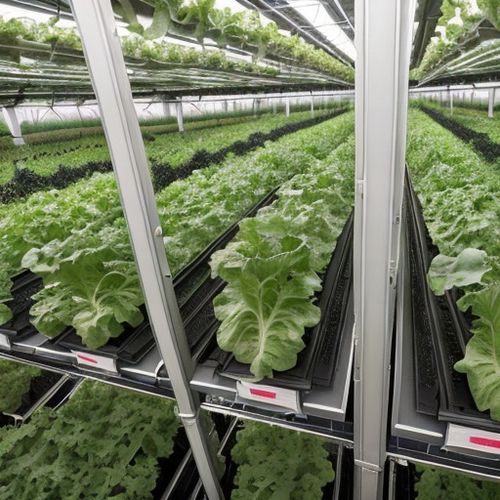
By Emma Thompson/Apr 10, 2025
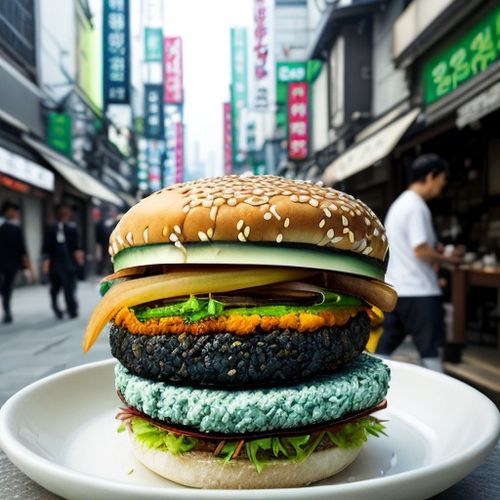
By Natalie Campbell/Apr 10, 2025
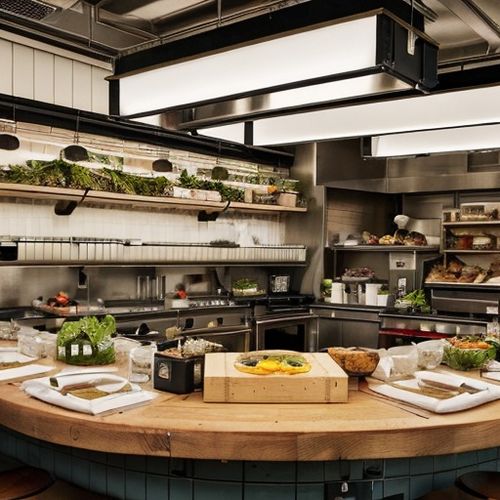
By Eric Ward/Apr 10, 2025
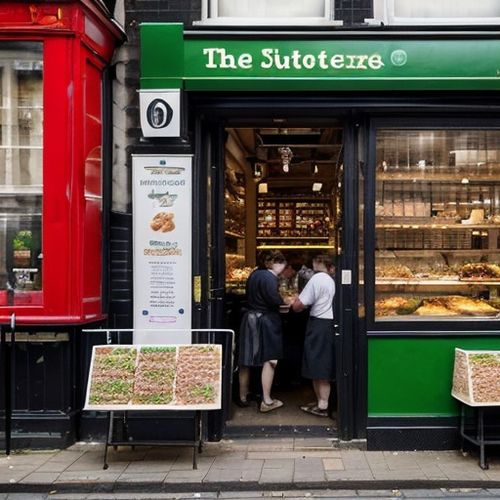
By Sophia Lewis/Apr 10, 2025